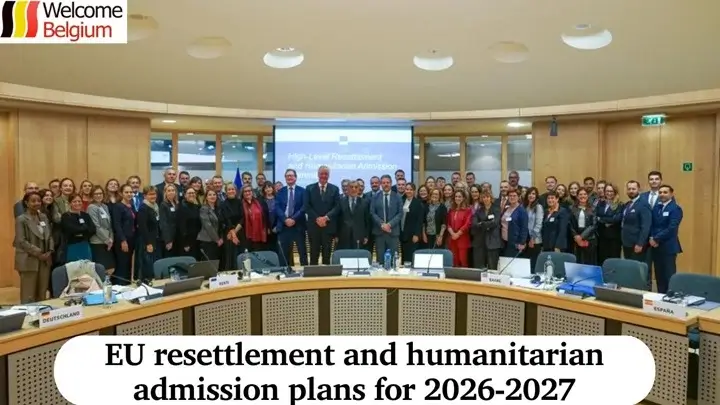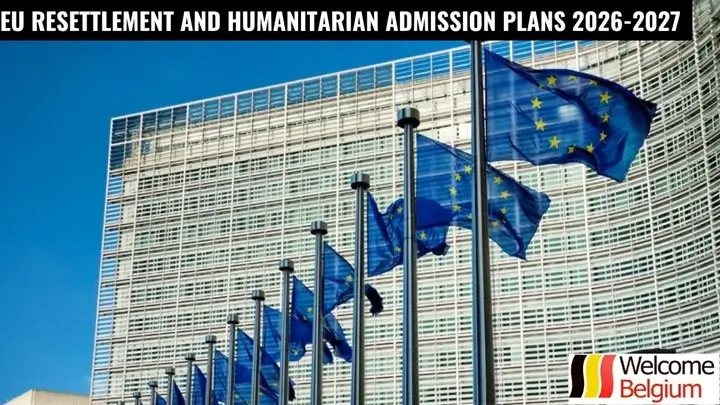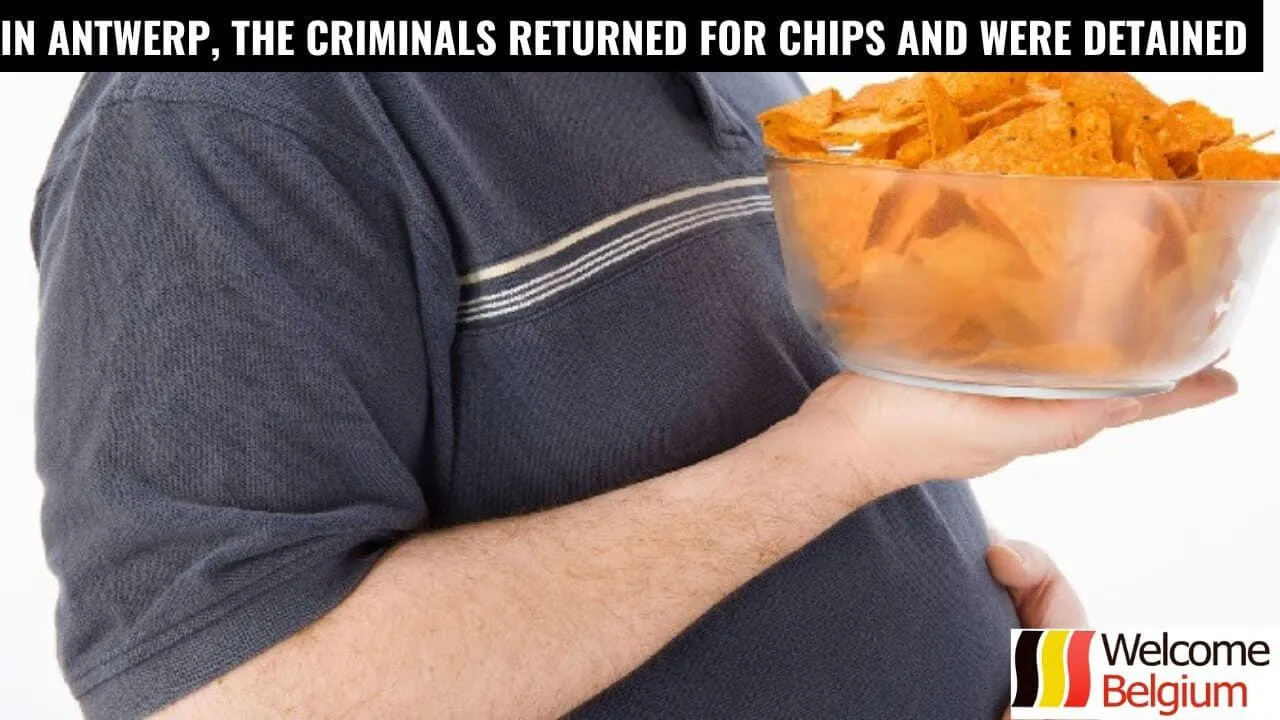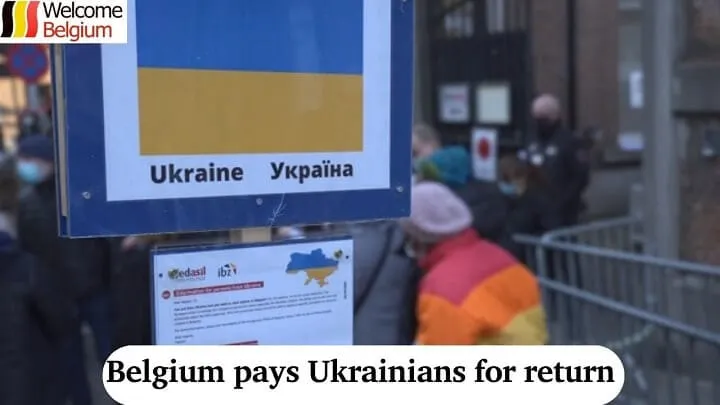On 7 November 2024, the High Committee on Resettlement and Humanitarian Admissions held its first meeting to develop the plan for 2026-2027. The committee, composed of representatives of the EU and international organisations, will determine the number of refugees to be resettled in the European Union, as well as the countries and regions to be received. The committee’s work aims to improve the humanitarian situation and improve resettlement processes based on international needs.
Goals and objectives of the committee
The High Committee on Resettlement and Humanitarian Admission was created to develop the EU strategy for 2026-2027. It includes representatives of the European Parliament, EU Member States, asylum agencies, and international organizations. The main objective of the committee is to determine the number of refugees that the European Union will accept and to develop criteria for admission.
Goals and objectives of the committee:
- Determining the number of refugees to be resettled in the EU for 2026-2027.
- Develop criteria for selecting countries and regions for resettlement.
- Consultations with stakeholders, including civil society and international organizations.
- Assessing resettlement needs based on data from UNHCR and other agencies.
- Region-specific recommendations for humanitarian admissions.
The committee’s future role will be to define the EU’s long-term humanitarian reception and resettlement strategy. Its work is expected to improve coordination between countries and organisations, helping to respond quickly to changes in the global refugee situation.
The composition of the committee and its structure
The High Committee on Resettlement and Humanitarian Admission of the EU is composed of representatives of key EU institutions and international organisations. It includes members from the European Commission, the European Parliament, the Council of the EU, Member States, as well as representatives of the EU Asylum Agency, the UN and international non-governmental organisations. The Committee works to develop strategies and recommendations on humanitarian admission and resettlement of refugees.
The functions of each committee member are:
- The European Commission chairs and coordinates the work of the committee, develops proposals on the number of refugees to be resettled.
- The European Parliament – provides legislative recommendations and monitors the implementation of decisions.
- The EU Council – participates in the approval of proposals and evaluates the voluntary commitments of member states.
- The EU Asylum Agency provides data on resettlement needs and assists with programme implementation.
- UN (UNHCR) – provides information on global needs and supports the coordination of humanitarian operations.
- International Organization for Migration – participates in the implementation of resettlement policies.
The Committee is of key importance for shaping the EU immigration policy in the area of humanitarian admission. Its work will influence approaches to refugee resettlement, strengthen cooperation with international partners and ensure more efficient distribution of refugees across the EU. The results of the Committee’s work will be an important reference point for Europe’s long-term immigration strategy.
Plan for 2026-2027
The EU Resettlement and Humanitarian Admission Plan for 2026-2027 will be developed by a High Committee, which will determine the number of refugees and the regions of resettlement. The plan will be based on global resettlement needs, proposals from EU countries and recommendations from international organisations. The committee, composed of various organisations, will take into account all aspects of the humanitarian situation and the EU’s capacities.
List of plan items:
- Setting a target number of refugees. The number of people who can be accepted into the EU in 2026-2027 will be calculated taking into account global resettlement needs, proposals from EU Member States and UNHCR recommendations.
- Selection of countries and regions for resettlement. The plan will take into account regions with a high level of humanitarian crisis from which resettlement will be required. This may include countries in conflict or where massive natural disasters occur.
- The role of EU countries in implementing the plan. EU countries will participate in the process on the basis of voluntary commitments aimed at carrying out a certain number of resettlements. This will be discussed at the EU Council level.
- Cooperation with international organizations. International organizations such as the UNHCR and the Migration Organization are actively involved in the development of the plan, providing data and analysis on migration flows.
- Taking into account humanitarian needs. The plan will also take into account the current situation regarding the rights of refugees and migrants, which will help to create conditions for their safe and fair resettlement.
The EU Resettlement and Humanitarian Admission Plan 2026-2027 underlines the need for an effective and humane approach to migration. It will reflect the current international needs and capacities of the European Union. In the future, migration to the EU will continue to be an important part of global efforts to protect human rights and address humanitarian crises.




